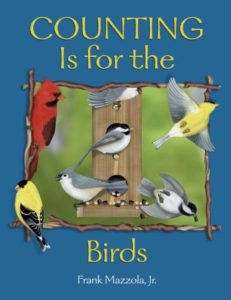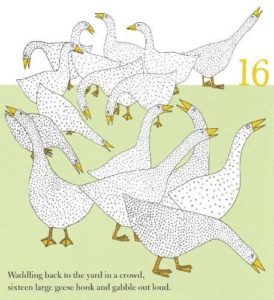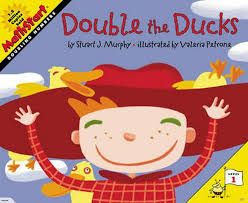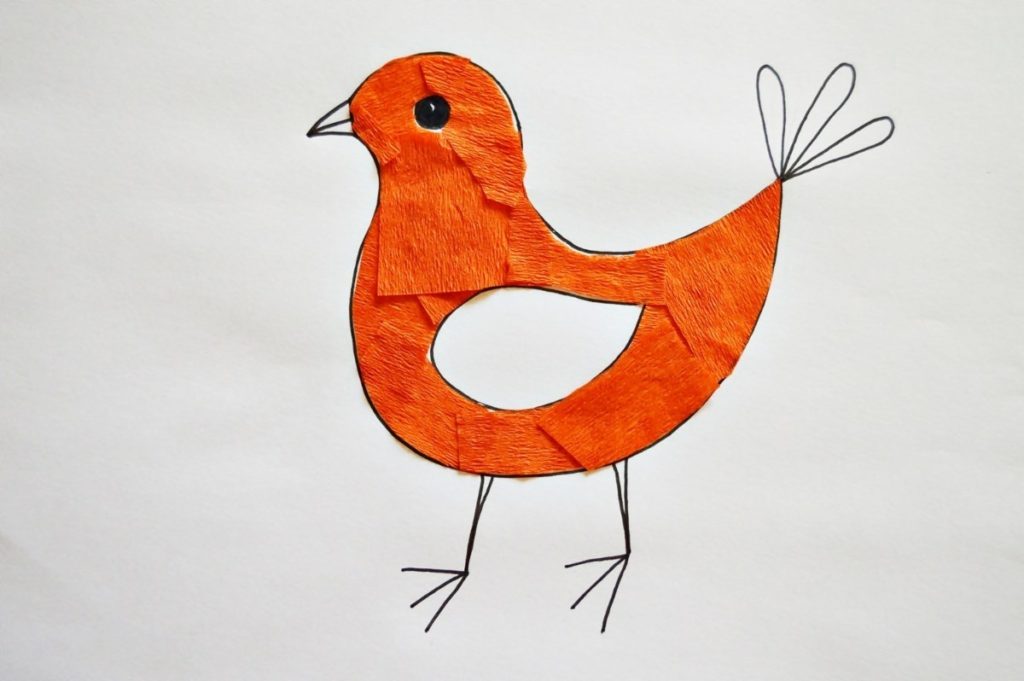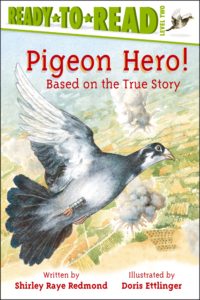 |
Shirley Raye Redmond’s Pigeon Hero (Simon Spotlight, 2003) in the Ready to Read series is the true story of G.I. Joe, a World War II homing pigeon, who saved an Italian town by carrying crucial messages through enemy lines. (He was awarded a medal for bravery.) For ages 5-7. |
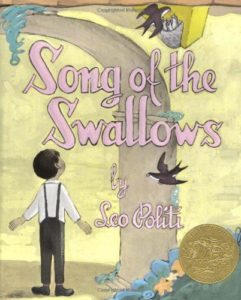 |
Leo Politi’s Song of the Swallows (J. Paul Getty Museum, 2009) is a picture-book story of the famous annual return of the swallows to the Mission San Juan Capistrano in California. For ages 5-9. |
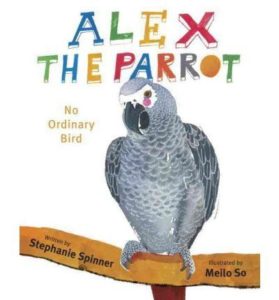 |
By Stephanie Spinner, Alex the Parrot: No Ordinary Bird (Knopf Books for Young Readers, 2012) is the true story of scientist Irene Pepperberg and the amazingly intelligent Alex, an African gray parrot, who could count, name colors, and had a vocabulary of hundreds of words. For ages 8-12. |
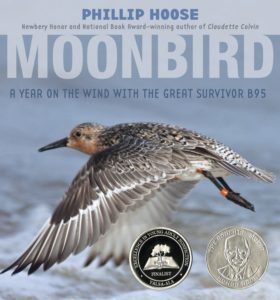 |
Philip Hoose’s award-winning Moonbird (Farrar, Straus & Giroux, 2012) is the true story of the phenomenal travels of a little shorebird known to scientists as B95 – in his lifetime, a distance of over 325,000 miles, enough to have taken him to the moon and halfway back. Illustrated with photographs and maps. For ages 10 and up. |
| |
Read more about Moonbird here. |
